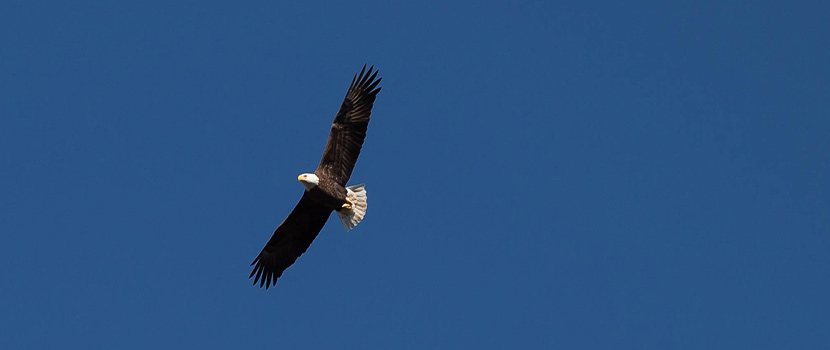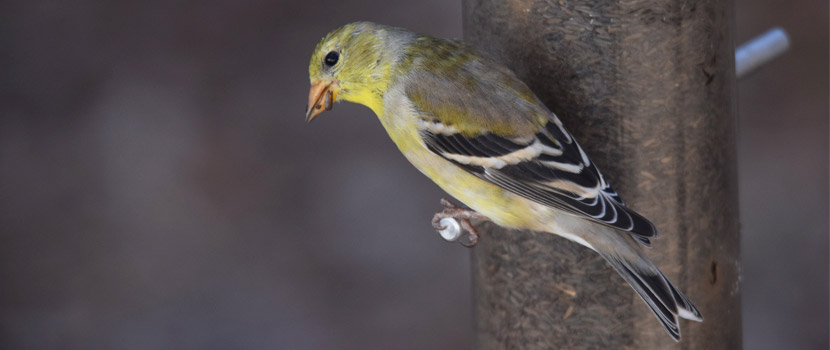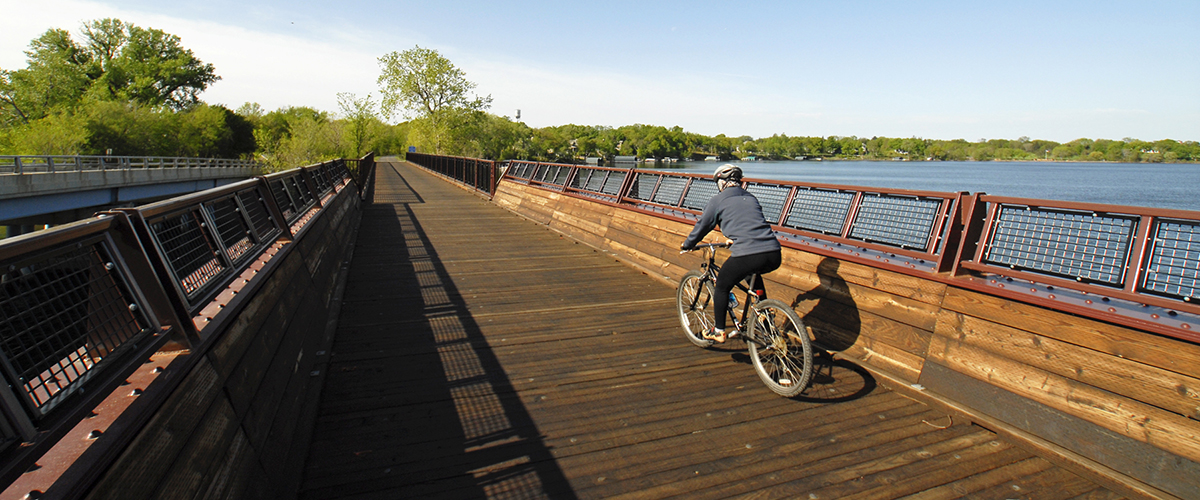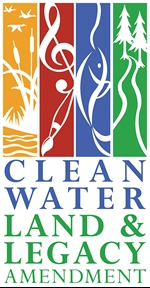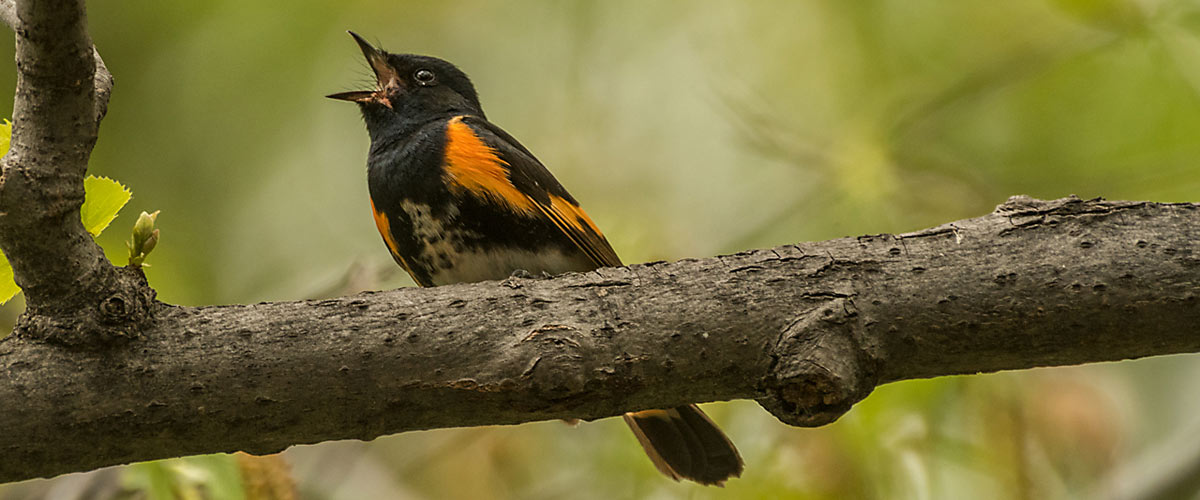
The sunrise starts to paint the sky pink, birds call cheerfully from the trees in my yard, and the smell of coffee from my French press gives me hope that I will soon be able to function this morning. It’s not my choice to be up before the sun rises (it’s my preschooler’s), but luckily a boost of caffeine will help me keep up with her early morning energy.
As I sip my coffee, I realize I haven’t heard this morning’s bird calls in almost a year. Our migrators are back! Warblers from Central and South America are stopping for a break on their way to Canada where the promise of long days and abundant insects means they will have the daylight and food needed to raise their young.
A Rose-breasted grosbeak is singing outside, back from its winter home. Did it come from Honduras? Guatemala? Maybe Colombia? I decide Guatemala, mostly because the coffee I am drinking came from there, and I like the poetry of that.
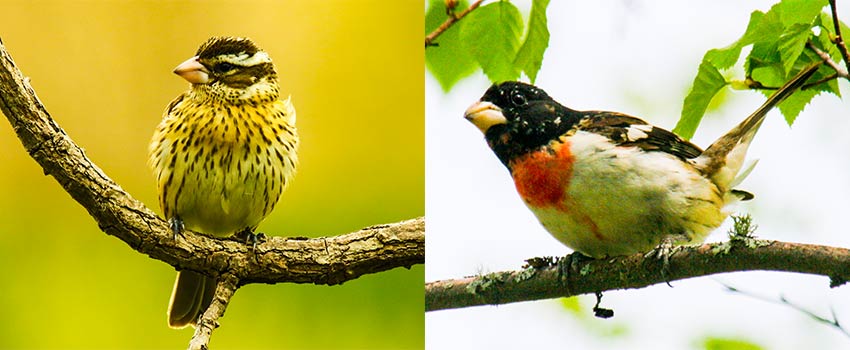
In fact, many of the migrator songs I am hearing this morning come from birds who may have lived in or passed through the coffee farm where my coffee came from. That’s why I chose the coffee I did. Coffee farms have huge impacts on the birds migrating outside my window and that impact can be positive or negative.
The Impacts of Coffee Farms on Birds
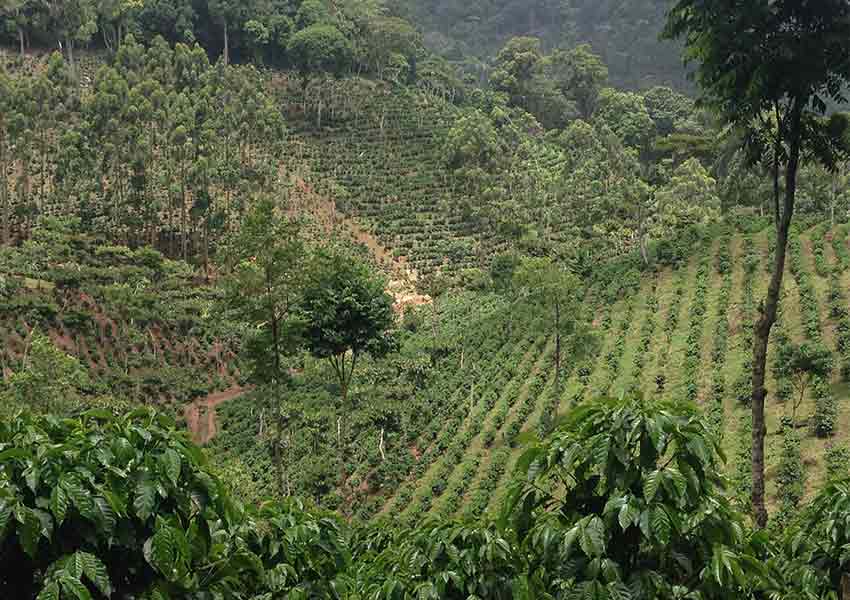
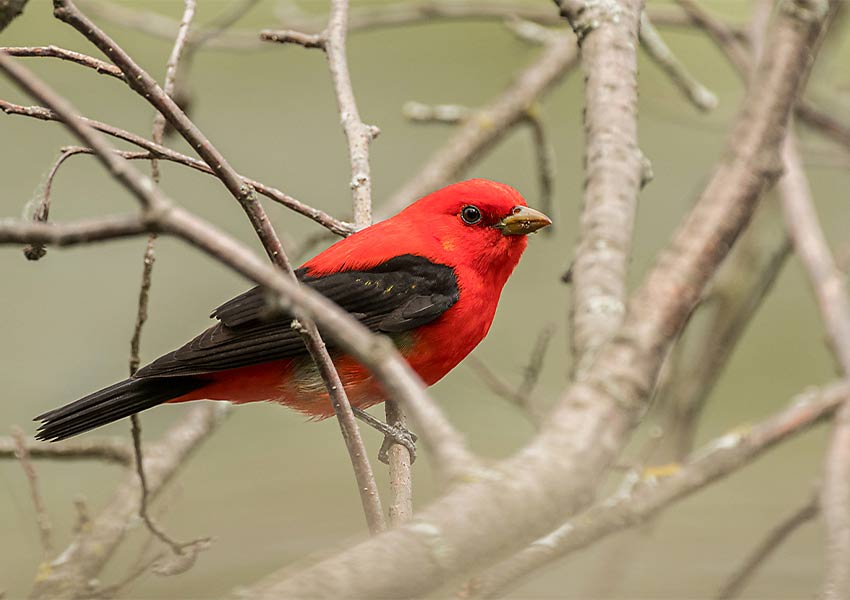
If it is a farm that market pressure has forced to produce as many beans as possible, the results to birds can be devastating. These sun-grown coffee farms cut down native overstory trees that provide food and shelter.
They use artificial pesticides, fertilizer, and herbicides since the natural habitat where coffee trees grow in has been disrupted. The amount of nitrogen in the watershed of sun-grown coffee is tripled what occurs around shade-grown coffee.
The coffee trees themselves are stressed and while they often produce more fruit, they don’t live as long, putting increased economic pressure on the farmers.
In contrast, the coffee I am drinking is from a local Minneapolis roaster. They form partnerships with co-ops in Central and South America, paying the farmers more for the beans and encouraging shade-grown coffee, which leaves native plants.
These plants provide natural fertilizer for the coffee trees, a place for birds to shelter, and natural predators of coffee pests to live, reducing the need for artificial pesticides and fertilizer.
Studies have found that a shade-grown coffee farm can have up to 184 bird species on it, compared to 12 found on sun-grown farms.
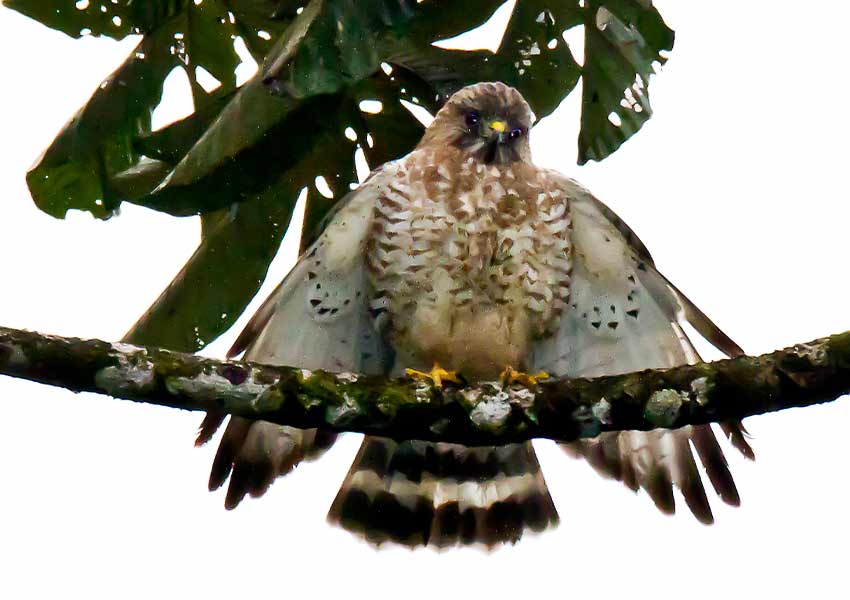
Know Where Your Beans Come From
Buying from local roasters that share information about the farms they get their coffee beans from makes a huge difference in the quality of habitat for the birds migrating outside your window.
Shade-grown coffee, Fair trade or equivalent coffee, organic coffee, all encourage coffee farms to have a healthier habitat for birds and other animals. Next time you go to buy coffee, look up the roaster you are buying from online. Can you find information on where the beans came from? Do they indicate if they have any partnerships with farmers or co-ops? Do they pay a higher-than-average price for coffee beans? These are all good signs that the coffee you drink is helping improve the habitat for migrating birds.
I may not have wanted to get up before sunrise, but it is peaceful drinking my coffee, listening to the birds, and wondering which of them flew by the coffee trees that my coffee beans came from. At least until my preschooler remembers she has an electronic fire truck.
Learn More about Coffee and Birds
Check out the latest episodes of The Wandering Naturalist podcast and listen in to learn all about how the coffee you drink affects migratory birds that call Minnesota home in the summer. Hear from coffee farmers, local roasters and others, and learn how to tell if your coffee supports birds.
About the Author
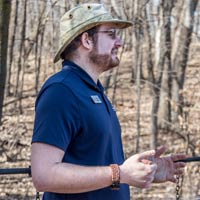
Brandon Baker has been an interpretive naturalist at Eastman Nature Center for 10 years. Before working for Three Rivers Park District, he worked as a naturalist for the National Park Service, Wood Lake Nature Center and Springbrook Nature Center. He moved to Minnesota from Florida for the snow, and he is a big fan of Star Trek.
Related Blog Posts
The Mississippi Flyway: A Bird Highway Through The Twin Cities
By: Anders Hanson
The most used bird migration path in North America passes right through the heart of the Twin Cities. Learn about the Mississippi Flyway, where to look for birds, and how you can help protect these migrators.
The Joy of Backyard Birding
By: Erin Korsmo
Keeping bird feeders is a rewarding experience. Read on to learn why you should consider keeping feeders and how to get started at home.
Sustainability Challenge: World Car Free Day
By: Andrea Breitung
World Car Free Day, held September 22, is an annual day with the goal of encouraging a world less reliant on cars. Read on for ideas to ditch your vehicle and challenge yourself to see if you can go car-free for one day.
